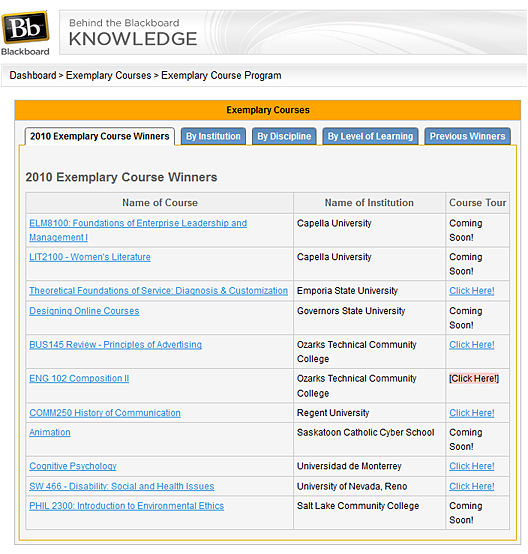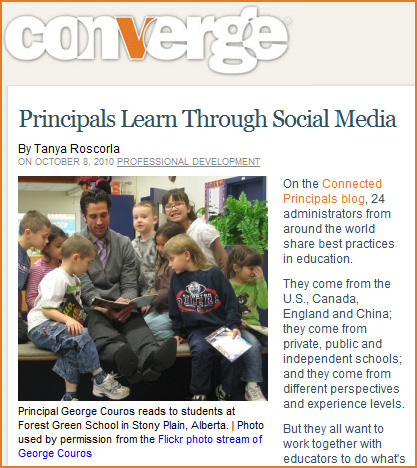Content Curation Tools: How to pick the right venue? — from Content Curation Marketing by Pawan Deshpande

.
By definition, content curation is the act of continually identifying, organizing, and sharing the best and most relevant content on a specific topic or issue online. When evaluating which content curation tool to use, there are three primary areas of consideration:
1. The Inputs – Where does the content curation tool get information from? What type of content will this allow me to curate? Will it help identify and recommend relevant content?
2. The Organization – What does this tool offer in terms of organizing content once it has been identified? What type of data models does this represent content as? In a simple chronological list, or an inter-linked structure? Does it let me annotate and editorialize the curated content?
3. The Venue – How and where can I share the content once I have decided to curate it?
In this blog post, I am primarily going to focus on the decided on a content curation tool based on the venue – the channels to which your content is curated. And just like most things, there’s no one right answer. It really depends on your goals and objectives.











